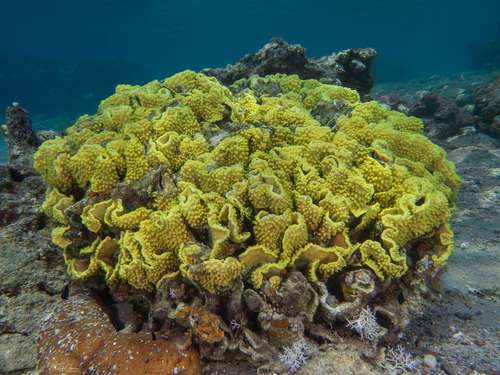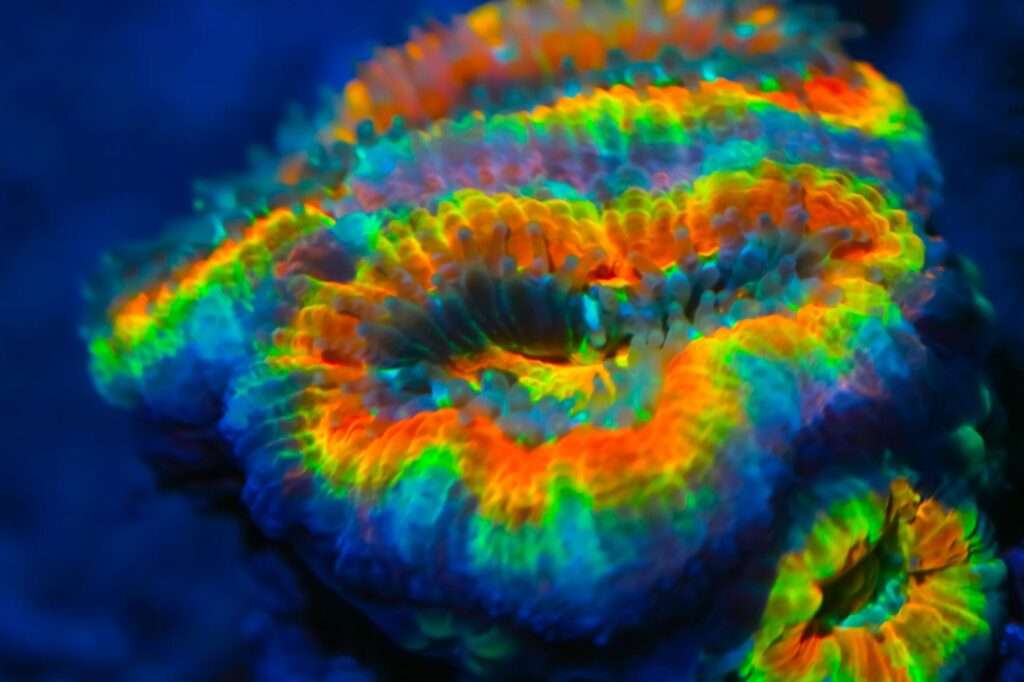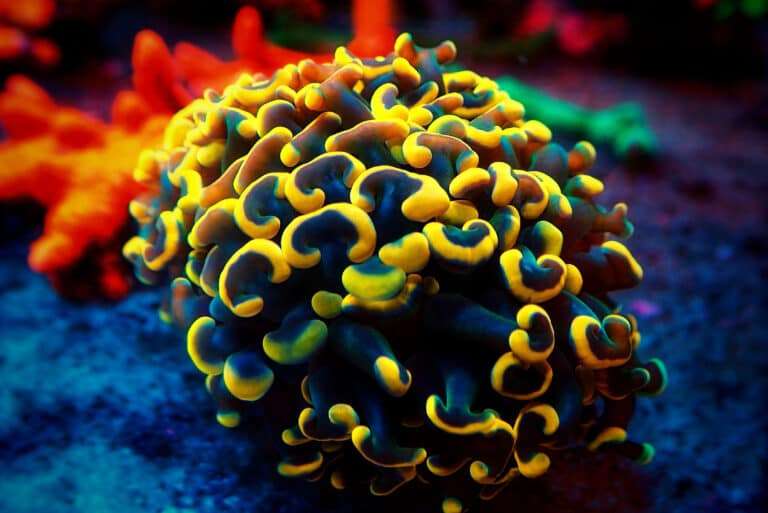
The Coral of the Scrolling Tubinaria is one of the most well-known members of the Turbinaria genus Turbinaria reniformis. Deeper-level specimens resemble plates or are flatter and more horizontal in appearance. In shallower water and under greater lighting, that can transform into an upright, scroll-like shape. Depending on the depth at which they are found, the Turbinaria species adopt different distinguishing morphologies. They come in a variety of shapes, such as columns, plates, and vases. When the environment changes, they will dramatically change shape. A species that lives in shallow levels might be transplanted to deeper levels, and vice versa, and it would actually change its structure to take advantage of the lighting in each environment.
Habitat
Oken first described the Turbinaria genus in 1815. In his book “Corals of Australia and the Indo-Pacific,” author Vernon claims that there are 80 nominal species of coral, with 10 of those being genuine Australian species. The species are found in shallow reefs, rocky foreshores, and lower reef slopes at depths ranging from 0 to 131 feet (0 – 40 m).
Morphology
Depending on the depth at which it is located, T. reniformis can take on a variety of morphologies and have a light skeletal structure. Typically, mature specimens have deep cupped or scrolled patterns. Particularly those discovered in shallower waters under greater sunlight will take on the upright, scroll-like appearance. These corals also frequently grow in regions with vigorous water currents, which accounts for their complex forms, such as the “scroll” and vase shapes. Their hues can range from yellow to greenish brown, and they frequently have yellow polyps and an edge. Polyps on the scroll coral can engulf and consume larger prey. Mucus secretions are used by the polyps to both catch food and remove waste. Their polyps are more sparsely spaced, tuft-like, and smaller. They rest on corallites that are just 1.5 to 2 mm in diameter at their calices, or corallite openings.
In Captivity

- Feeding
Turbinaria genus has evolved a number of feeding techniques. They get some of their nutrients from a marine alga called zooxanthellae through a symbiotic interaction. The sole symbiotic genus in the Dendrophylliidae family is Turbinaria. They can also take in dissolved organic substances and planktonic creatures as well as food particles from the water column. Despite relying on lights in captivity for their zooxanthellae, scroll corals also require a range of other meals to survive. When establishing how frequently a specific animal needs to be fed, use common sense. You are not feeding them enough if their polyps start to vanish.
- Social Interactions and Compatibility
Other corals don’t bother the T. reniformis. However, they have the capacity to build a sizable mucus net if their polyps become agitated. Other corals may become harmed if this mucus comes into touch with them. Therefore, there must be enough room between them and other corals. They should be maintained away from other corals’ sweeper tentacles and from the polyps of zoanthid corals.
Table





